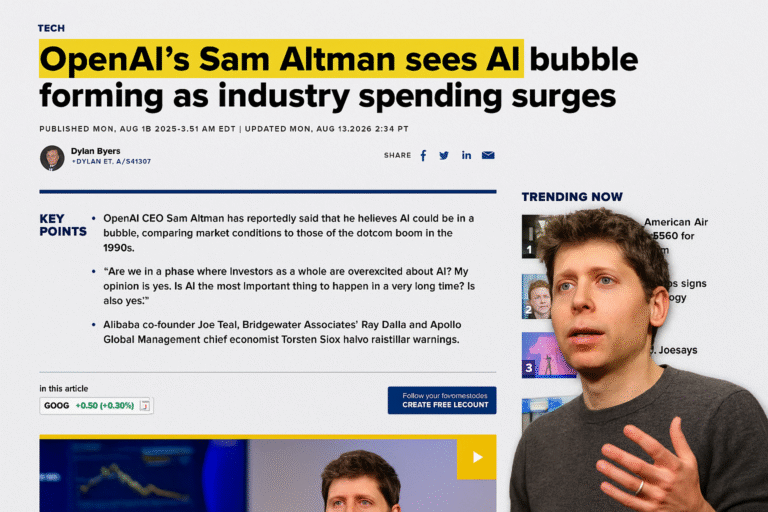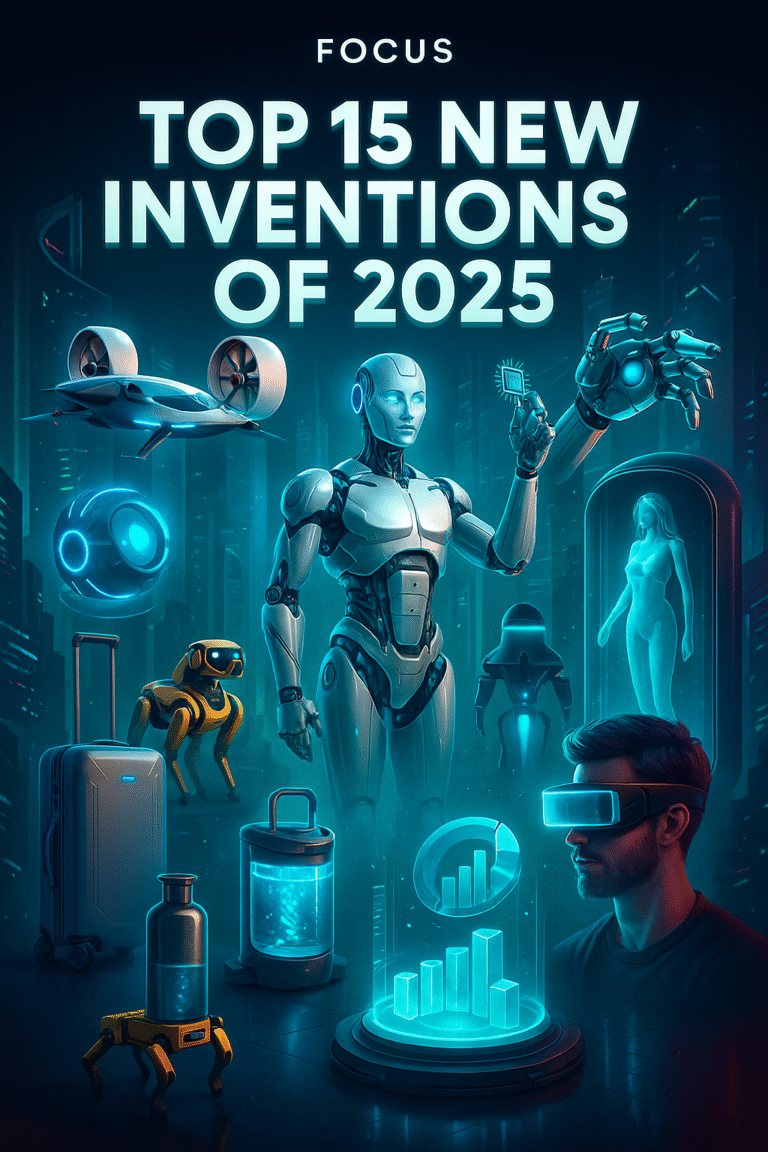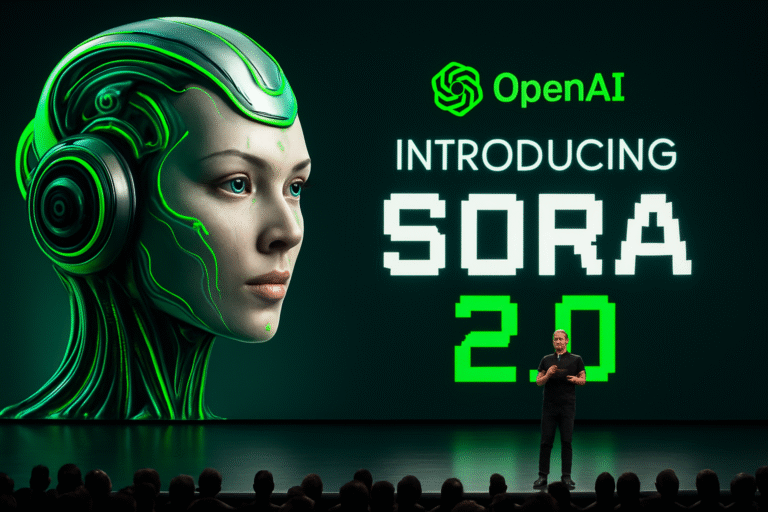

OpenAI Locks Down: ChatGPT Adds Biometric Checks to Guard AI Secrets
In a bold move, OpenAI locks down access to its systems by introducing biometric verification protocols. The ChatGPT-maker has taken this critical step in response to growing concerns over cyber espionage, AI model theft, and internal security threats. As OpenAI advances its artificial intelligence capabilities, the need to guard AI secrets from spies has never been more urgent.
This development comes amid rising geopolitical tension and competition in AI, where tech giants and state actors are racing to gain dominance. OpenAI’s decision to implement biometric checks reflects the seriousness of the situation and shows how the organization is doubling down on security.
Why Is OpenAI Introducing Biometric Checks?
OpenAI locks down its internal ecosystem to defend its intellectual property—the data, model architecture, and proprietary technology that power ChatGPT and other models like GPT-4 and beyond.
According to reports, biometric security methods such as facial recognition, fingerprint scanning, and potentially voice identification will become part of OpenAI’s employee access control measures. The rationale is clear: traditional passwords and ID cards are no longer sufficient to prevent leaks or malicious access.
This type of security is already standard in high-risk industries like defense and nuclear energy. Now, the AI industry is recognizing that it too must adopt military-grade protections.
Rising Concerns Over AI Espionage
The need for biometric checks intensified following several alleged cyber intrusion attempts targeting AI companies. With countries around the world viewing AI as a strategic resource, AI espionage has become a real threat. From internal whistleblowers to external hacking attempts, companies like OpenAI are under pressure to protect their research, data, and future product development plans.
In one incident, it was reported that state-backed hackers may have tried to gain unauthorized access to OpenAI’s code repositories and model training datasets. While no major breach has been confirmed publicly, the risks have prompted OpenAI to lock down its internal infrastructure using next-generation identity verification technologies.
What Are the Biometric Security Features?
The biometric system introduced by OpenAI is expected to include:
- Facial Recognition: Ensures that only verified employees can access sensitive environments or data.
- Fingerprint Scanning: Adds a second layer of physical identity verification.
- Voice ID (under testing): Could allow secure voice-based access for certain AI training or model modification protocols.
- Location-Based Access: Limits sensitive access to approved geolocations and devices.
These biometric systems not only help guard against external threats but also mitigate insider risks, which are becoming increasingly common in the AI sector.
Implications for the Future of AI Security
As OpenAI locks down its technology, it sets a precedent for the entire industry. Other AI companies like Google DeepMind, Anthropic, and Meta AI may soon follow suit with similar biometric protocols.
This also raises important questions about employee privacy and ethical data use. While biometric verification enhances security, it must be deployed transparently, with user consent and strong data governance policies.
Moreover, it signals that AI innovation is now seen as critical infrastructure, similar to energy or defense systems. With that comes the need for national-level security measures and possible government oversight.
What This Means for the Public and Developers
While the biometric measures are focused on internal access, there could be downstream effects. For example:
- Developers working with OpenAI APIs may face stricter authentication protocols.
- Enterprise clients could be asked to implement stronger security standards when integrating OpenAI models.
- Partnerships with defense, healthcare, or financial institutions may expand under the umbrella of secure AI development.
OpenAI’s approach is also likely to influence regulatory thinking. Government bodies around the world are already debating how to create frameworks that secure powerful AI models without stifling innovation.
Final Thoughts
OpenAI locks down its most critical systems with biometric checks to protect against espionage and ensure the future safety of AI development. In doing so, the company is not only securing its own innovations but also reshaping how we think about AI security in a global context.
This bold step reflects a deeper shift in how advanced technologies must be managed. As AI becomes more powerful, the lines between tech development and national security are blurring. OpenAI’s decision may very well be the beginning of a new era in digital protection, where human identity becomes the final barrier between innovation and intrusion.


